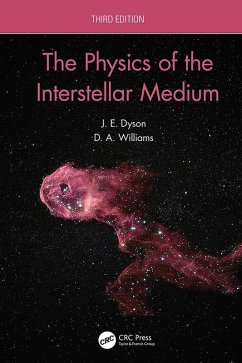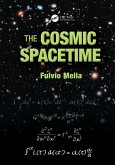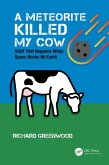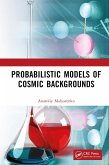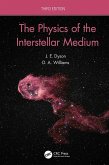This third edition of The Physics of the Interstellar Medium continues to introduce advanced undergraduates to the fundamental processes and the wide range of disciplines needed to understand observations of the interstellar medium and its role in the Milky Way galaxy.
Dieser Download kann aus rechtlichen Gründen nur mit Rechnungsadresse in A, B, BG, CY, CZ, D, DK, EW, E, FIN, F, GR, HR, H, IRL, I, LT, L, LR, M, NL, PL, P, R, S, SLO, SK ausgeliefert werden.

